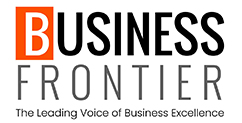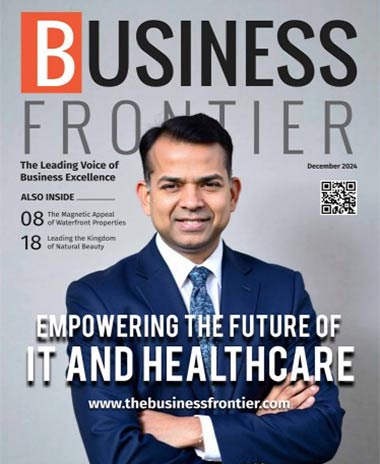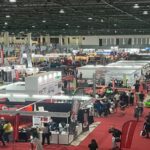Japan’s manufacturing sector witnessed a marginal deterioration in business conditions for the third consecutive month in September, reflecting a decline in production levels and new orders. Employment levels rose at the softest rate in seven months while average operating expenses remained historically high, yet firms only partially passed these higher costs on to clients. Notably, output charges rose at the softest rate since mid-2021 despite the slowdown.
The headline au Jibun Bank Japan Manufacturing Purchasing Managers’ Index (PMI) dipped fractionally from 49.8 in August to 49.7 in September, indicating a slight decline in overall operating conditions.
Output across Japan’s manufacturing sector fell for the second time in three months at the end of the third quarter. Firms noted a lack of incoming new business as a result of economic weaknesses. However, this decline was partially offset by firms opting to complete outstanding orders. As a result, backlogs of work fell at a moderate pace, extending the current sequence of decline to two years.
“Manufacturers used this opportunity to purchase and store inputs in preparation for an eventual recovery in demand conditions. Other firms mentioned that lengthening delivery times had also encouraged advance purchases in order to protect against delays,” stated Usamah Bhatti at S&P Global Market Intelligence.
Cooling Demand
Japan’s manufacturing sector also witnessed a decline in new orders and sales last month. Firms attributed this decline to a stagnating economy and staff shortages. International demand was also subdued, as new export sales contracted at the strongest pace since March. Despite cooling demand, Japanese manufacturers continued to raise employment levels. That said, the rate of job creation was fractional and the softest in the current seven-month sequence.
The manufacturing sector also experienced continued inflationary pressures with firms mentioning higher labour, logistics, and raw material prices as key factors. However, inflation eased from August to reach the lowest level in five months. The rate of output price inflation also eased and was the slowest since June 2021.
Business confidence remained positive in September, reflecting expectations that the demand and mass production of new products would be successful. Firms were also hopeful for a wider economic recovery, with particular emphasis on the semiconductor and automobile sectors. The degree of confidence eased from August, however, slipping to the lowest since December 2022.











